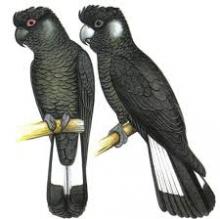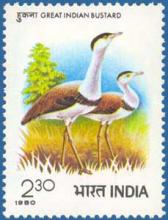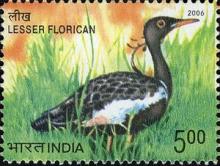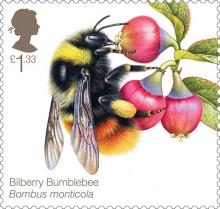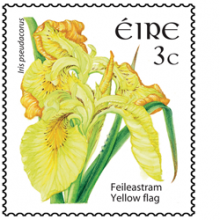The plight of the Carnaby's Black Cockatoo
- Read more about The plight of the Carnaby's Black Cockatoo
- Log in to post comments
Carnaby's black cockatoo (Calyptorhynchus latirostris), also known as Carnaby's cockatoo or short-billed black cockatoo,is a large black cockatoo endemic to south-western Australia. It was described in 1948 by naturalist Ivan Carnaby. The cockatoo feeds primarily on seeds of proteaceous plants such as Banksia, Hakea and Grevillea, and secondarily on seeds from myrtaceous plants such as Eucalyptus and Corymbia. Over fifty native plant species are commonly used for food, either as seed or flowers, and this includes western sheoak, orange wattle, and balga. Invertebrates such as the larvae of wood-boring moths are also eaten. The cockatoos also feed on the seeds of Pinus spp. in the Gnangara pine plantations north of Perth. The sound of a Black Cockatoo's call ringing out before the rain arrives is one of the most evocative and magical sounds of the Australian bush, but sadly, with their number in decline, it's a sound that we are hearing less.

